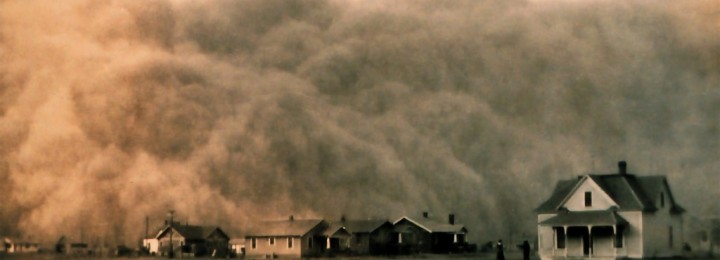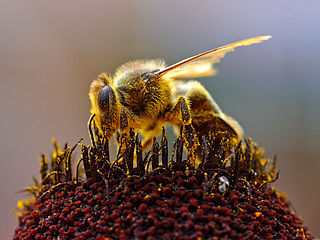-

Eighty years ago yesterday, the most famous dust storm of the Dust Bowl Era occurred in Oklahoma and Texas. You’ve probably seen pictures of the tremendous wall of black soil picked up by the strong winds and blown for miles across the Great Plains. The sight of all this dirt carried by the wind prompted…
-

We received round one of this week’s rain Sunday and yesterday. I received almost 2 inches at my house on the east side of Athens, GA. Tuesday there is a respite before the next deluge begins, although with afternoon heating there is a chance of some showers even today. But the radar shows the next…
-

The rain in the Southeast this week has cut down the amount of pollen in the air by quite a bit this week. Trees are leafing out, which means that the pollen-bearing flowers are dropping off. But there are plenty of other sources of pollen still to come. You can see a list of common…
-

One of the consequences of the continuing drought in California has been the unprecedented string of extremely high temperatures that have occurred in the last few years. Normally a portion of the sun’s energy that hits the earth goes to evaporating water from the surface, either from soils or water bodies or indirectly through evapotranspiration…
-

Allison Floyd of Growing Georgia had an article this week discussing the increasing interest in Southern pecans due to the California drought. As we’ve discussed previously in this blog, California is one of the main sources of nuts in the US (and the world), but the nut orchards require a lot of water to maintain…
-

Most of the stories I’ve published lately have dealt with the drought in California. And it’s no wonder, since California is the primary region for a lot of agriculture in the US. But other areas of the west are also suffering from the extended drought in the region. Here are a couple of stories about…
-

The rain this week may prevent peanut growers from getting out into their fields to start planting. Arguably, it’s a little early this year since 4-inch soil temperatures are only around 70 and are unlikely to warm up much under all the cloudiness and rain we are going to see for the next few days.…